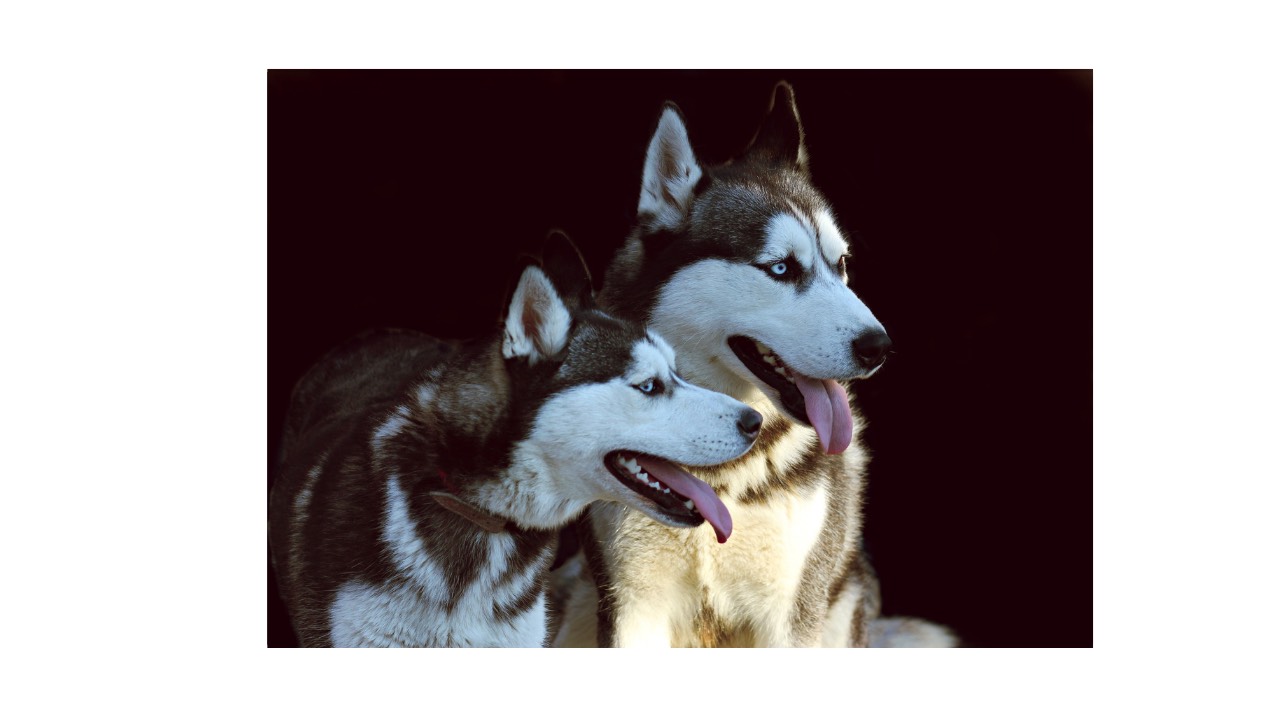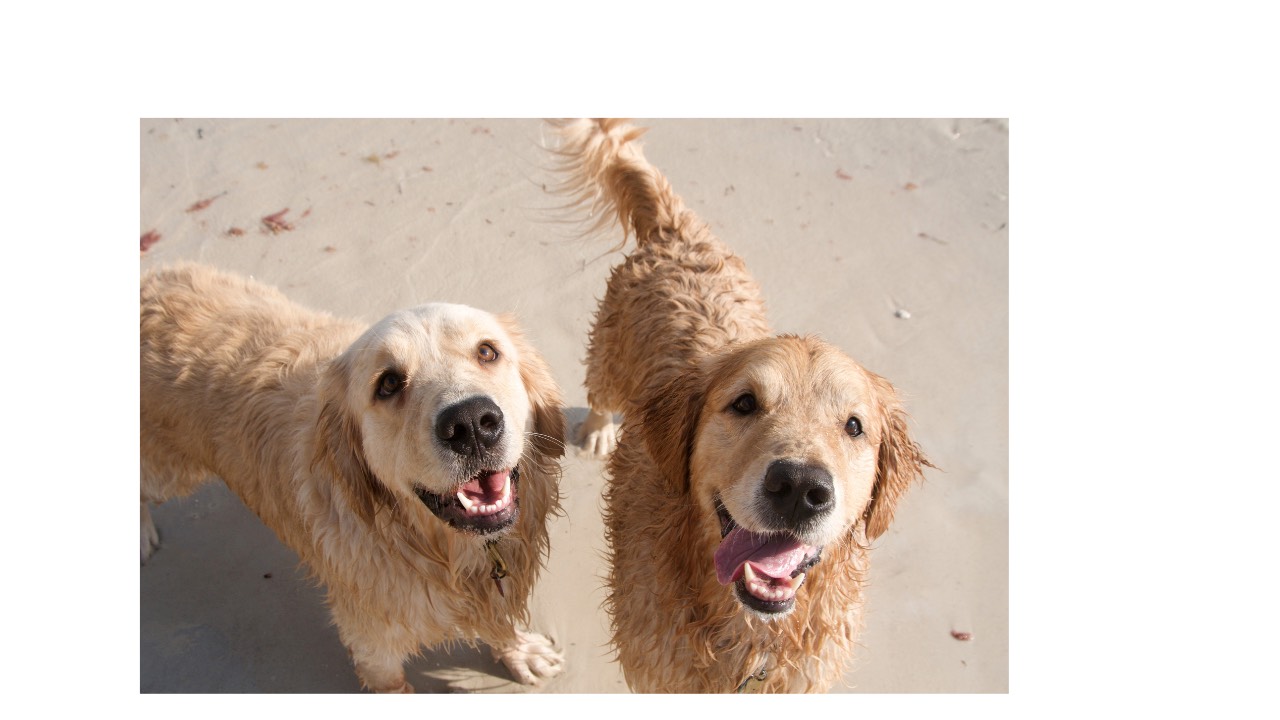Pros and Perceived Cons of Positive Reinforcement Dog Training: A Comprehensive Guide
Jan 08, 2025At Good Dog Academy, we believe that training should be kind, effective, and grounded in science. Positive reinforcement training has become the gold standard for both professional trainers and dog guardians who want to teach skills and modify behaviour without using fear, pain, or intimidation. In this article, we’ll explore the benefits,and common misconceptions,of this approach and offer practical tips to help you get the most out of your training.
Whether you're a dedicated pet parent or an aspiring trainer, our Professional Pet Dog Trainer (PPDT) Certificate Program provides the knowledge and tools to train dogs using force-free, evidence-based methods that promote trust, respect, and lasting results.
What is Positive Reinforcement Training?
Positive reinforcement training is based on the principles of operant and classical conditioning. It teaches dogs by rewarding behaviours we want to see more of, using food, praise, toys, or play. Instead of punishing unwanted behaviour, we focus on preventing it, managing the environment, and teaching alternative responses.
This approach builds a positive emotional association with learning and enhances the dog’s willingness to engage.
The Many Benefits of Positive Reinforcement
1. Builds a Strong, Trust-Based Relationship
Rather than relying on dominance or corrections, positive reinforcement builds a foundation of mutual respect and cooperation. Dogs learn that their choices have good outcomes, which strengthens their connection with their human.
2. Gentle and Emotionally Safe
Force-free training avoids tools and techniques that cause fear, pain, or intimidation. It creates a safe and encouraging environment where dogs can learn at their own pace.
3. Motivates with Meaningful Rewards
Every dog is unique. Positive reinforcement allows you to tailor rewards—whether that’s food, toys, or affection—to what matters most to each individual dog, increasing their enthusiasm and focus.
4. Encourages Long-Term Learning
Dogs trained with rewards are more likely to retain what they’ve learned and respond reliably in different situations. The process fosters problem-solving skills and confidence.
5. Builds Confidence and Reduces Anxiety
By focusing on setting dogs up for success, this approach helps build resilience and optimism. Dogs become more comfortable trying new things, meeting new people, and adapting to different environments.
Addressing Common Concerns About Positive Reinforcement
“Won’t my dog become dependent on treats?”
This is one of the most common misconceptions. In fact, our Professional Pet Dog Trainer students learn how to transition from continuous reinforcement (rewarding every correct behaviour) to intermittent reinforcement (rewarding occasionally) and use non-food rewards like praise and play to maintain strong responses.
“My dog gets distracted during long sessions.”
Keeping training sessions short, focused, and fun is key. Aim for 3–5 minutes per session, and always finish on a success. Vary the exercises and train in different environments once the dog is ready.
“What if the behaviour is too complex?”
Breaking behaviours into small, achievable steps helps dogs succeed without becoming overwhelmed. Frustration is minimized when expectations are realistic and progress is built gradually.
“Isn’t it hard to communicate clearly?”
Yes—and that’s why clear cues, consistent timing, and marker systems (like clickers or verbal markers) are important. These tools help dogs understand exactly which behaviour earned the reward.
“How do I train with distractions?”
We teach students to gradually add distractions only when the dog is reliably performing a behaviour in quiet settings. This builds fluency and helps dogs succeed in real-world environments.
Tips for Successful Positive Reinforcement Training
-
Identify what motivates your dog: Every dog is different. Learn whether they prefer food, toys, or praise—and use that to your advantage.
-
Use variable reinforcement: Over time, reward unpredictably to strengthen behaviour and prevent reliance on constant treats.
-
Fade food gradually: Once a behaviour is learned, reduce food rewards and increase praise, play, or life rewards like going outside.
-
Keep sessions short: End training before your dog becomes bored or frustrated. Multiple mini-sessions each day are more effective than one long session.
-
Train in different environments: Once your dog is succeeding, start practicing in new places with gradually increasing distractions.
Why Good Dog Academy Trains Only with Positive Reinforcement
At Good Dog Academy, we don’t just teach how to train, we teach why training methods matter. Our Professional Pet Dog Trainer Certificate Program equips students with the skills, science, and ethical framework to support dogs and their families using the most effective and humane techniques available.
We stand firmly against the use of:
-
Aversive tools for training
-
Dominance-based or punishment-heavy approaches
-
Outdated training philosophies not supported by evidence
We train professionals who want to lead with compassion, not control.
Final Thoughts
Positive reinforcement isn’t just a training method—it’s a philosophy built on empathy, science, and respect for the animal’s emotional well-being. With the right techniques and mindset, you can raise a confident, well-mannered dog who trusts and enjoys learning with you.
Whether you're looking to improve your own skills or pursue a career in dog training, Good Dog Academy’s PPDT Certificate Program will give you the foundation to succeed, ethically, effectively, and with integrity.
Join us today and help shape a kinder future for dogs and their humans.





